If you've been exploring Microsoft's data and analytics ecosystem, chances are you've come across two big names: Microsoft Fabric and Power BI. At first glance, they might look like they're competing products. In reality, they're part of the same story—but each plays a very different role. Let's unpack what they are, how they fit together, and why businesses are paying attention.
What is Microsoft Fabric?
Think of Microsoft Fabric as the big data backbone of Microsoft's analytics platform. It's an end-to-end, SaaS-based data solution that brings together data engineering, data integration, data warehousing, data science, real-time analytics, and business intelligence—all under one roof.
Fabric is designed to solve the classic problem of data being scattered across silos. Instead of juggling separate tools for data pipelines, lakes, and warehouses, Fabric unifies it all into a single environment. At its core is OneLake, Microsoft's version of a data lakehouse that centralizes enterprise data, making it accessible across different analytics tools without messy duplication.
In short: Fabric isn't just about analyzing data—it's about building the entire foundation of your organization's data strategy.
What is Power BI?
Now, enter Power BI—the more familiar name to most businesses. Power BI is Microsoft's business intelligence and visualization tool, used by analysts, managers, and decision-makers to turn raw data into dashboards, charts, and reports.
It shines when it comes to making sense of data at the user level. While Fabric manages the heavy lifting of data storage and processing, Power BI is the layer that brings the insights to life. Think interactive dashboards, automated reports, and visual storytelling—all things decision-makers love.
The Key Difference
Here's the simplest way to think about it:
Power BI can technically work without Fabric, since it can connect to a wide range of external data sources. But when paired with Fabric, the integration is tighter, faster, and more scalable.
Why Microsoft Fabric Matters
Many organizations already use Power BI successfully, so you might be wondering: why Fabric?
The answer lies in scale and complexity. Modern businesses deal with enormous, constantly changing datasets that don't fit neatly into traditional warehouses. Fabric gives IT and data teams a central, governed, and secure place to handle it all.
Some standout features include:
How Fabric and Power BI Work Together
The real magic happens when these two tools team up. Here's what that looks like in practice:
The result? A single version of the truth, where everyone from executives to analysts is working with consistent, accurate data.
When to Use Just Power BI
Not every business needs Fabric right away. If you're a small to medium-sized company with manageable data sources, Power BI alone may be enough. You can connect directly to SQL databases, Excel sheets, or cloud services and build reports without diving into Fabric's bigger ecosystem.
When Fabric Becomes Essential
On the flip side, if your organization:
then Fabric provides the infrastructure to scale. It's essentially future-proofing your data strategy while still keeping Power BI as the front-end for decision-making.
Final Thoughts
Microsoft Fabric and Power BI aren't rivals—they're partners. Fabric provides the data foundation, while Power BI delivers the business intelligence layer.
For small teams, Power BI might be enough to get actionable insights quickly. But for enterprises with serious data ambitions, Fabric is the glue that ensures those insights come from clean, governed, and centralized data sources.
The bottom line? If Power BI is the face of analytics, Fabric is the brain behind it. Together, they make Microsoft's ecosystem one of the most comprehensive end-to-end solutions for modern data-driven organizations.
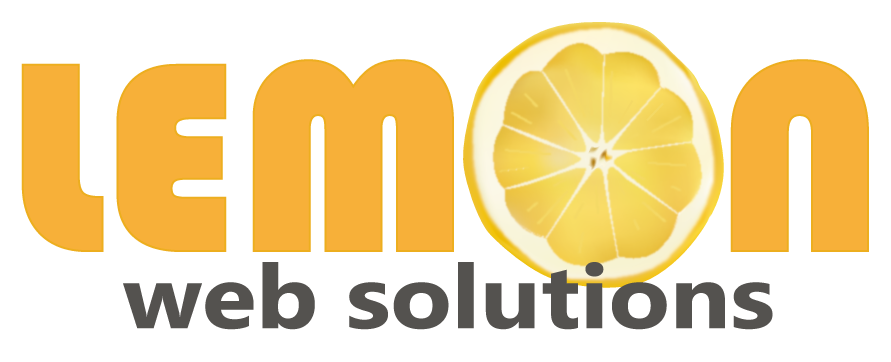



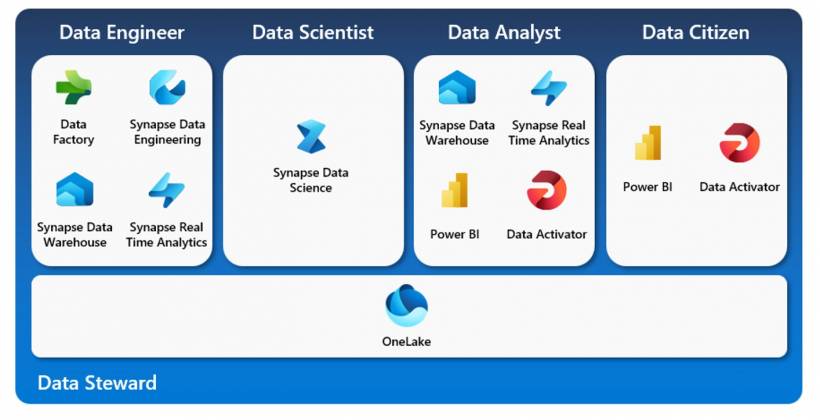
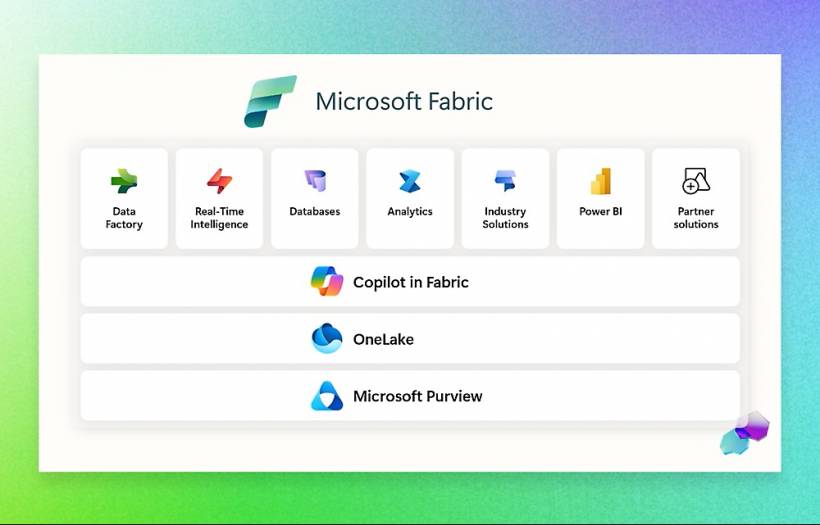
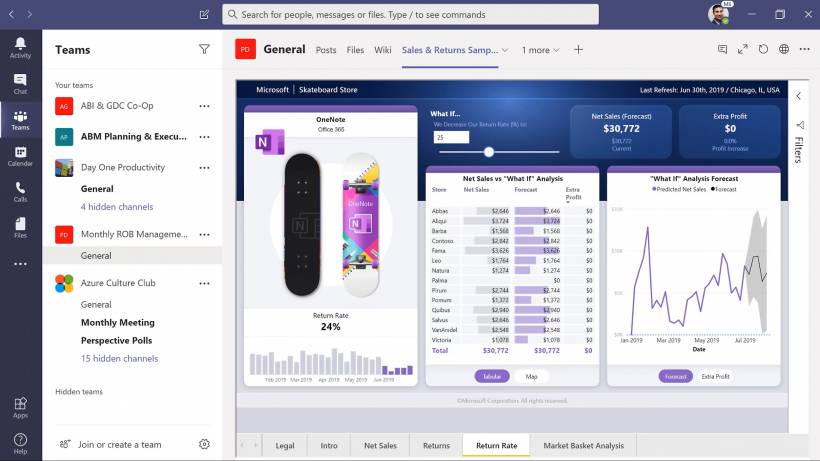
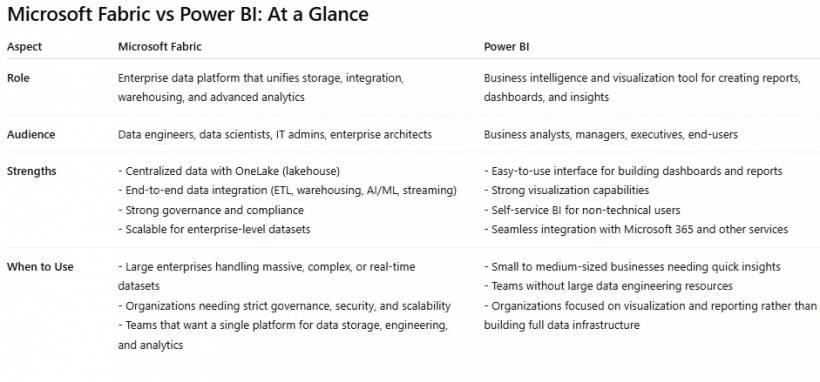


Comments